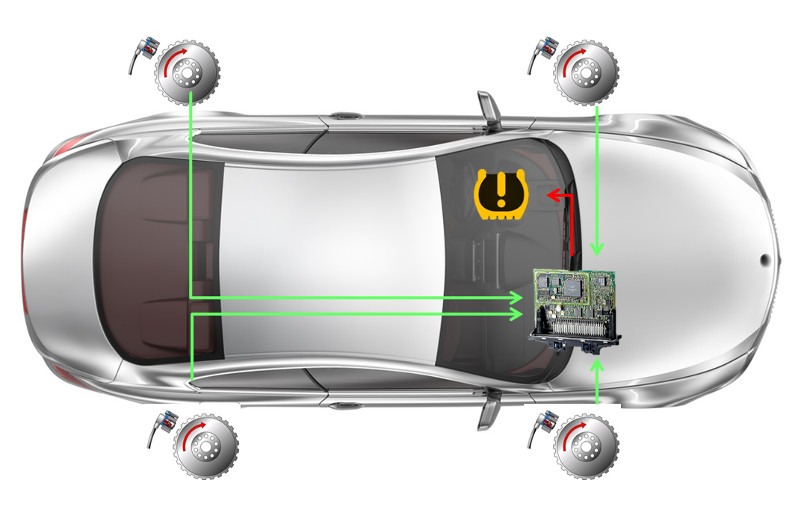What’s Super Strong, Fast Growing, and Potentially Part of Your Next Car? Bamboo!
NANJING, China – You’ve probably sat on it, built with it, and maybe even eaten it, but did you know that your car could be next to benefit from bamboo – one of the world’s strongest natural materials?
While investment in research has led to breakthroughs in new materials like super strong carbon fiber and lightweight aluminum, nature’s wonder material may have been growing all along – at up to one meter in a day – in our own backyard.
“Bamboo is amazing,” said Janet Yin, a Materials Engineering Supervisor at Ford’s Nanjing Research & Engineering Centre. “It’s strong, flexible, totally renewable, and plentiful in China and many other parts of Asia.”
The benefits of bamboo have been recognized for more than a century – Thomas Edison even experimented with it when making the first light bulb. In building, its tensile strength (or how much it can resist being pulled apart) is well known, as it can rival or even better some types of metal. And, because it grows to full maturity in just two to five years – compared to up to decades for other trees – bamboo also regenerates easily.
Over the past several years, Janet and her team have worked with suppliers to evaluate the viability of using bamboo in vehicle interiors and to make extra strong parts by combining it with plastic. The team has found that bamboo performs comprehensively better than other tested synthetic and natural fibers in a range of materials tests, from tensile strength tests to impact strength tests. It’s also been heated to more than 100 degrees Celsius to ensure it maintains its integrity.
While tests on bamboo continue, Ford is already making use of sustainable and recycled materials in the company’s vehicles in Asia Pacific.
Before a sustainable or recycled material is given the green light, it needs to meet all of Ford’s global standards. In Asia Pacific, Janet leads a team who conduct thorough testing and analysis on each material to prove that it is as good – if not better and more durable – than its original material equivalent.
One material that has made the cut and can now be found in Ford vehicles across Asia Pacific is high quality nylon fiber from carpet and garment factories. The team uses it to make the cooling fan blade found inside the Ford Focus and Escort. By working with suppliers to tap into this excess nylon fiber (or yarn), which typically makes up around 1-3 percent of all yarn used in some factories, Ford saves over 700,000 kilometers of yarn from landfill every year in Asia Pacific – nearly enough to travel to the moon and back.
Perhaps just as surprising is that Ford uses carefully selected, durable parts from washing machines to make air deflectors, which sit just under a vehicle’s floor and reduce air drag force and improve fuel efficiency, ultimately saving drivers money.
Recycled materials aren’t just confined to hidden parts either, thanks to Ford’s use of seat fabrics with REPREVE-branded fiber, which is made from 100 percent recycled materials, including plastic bottles. In Asia Pacific, Mondeo, Escort and Edge owners can feel especially good about what they’re sitting on. To date, Ford’s use of REPREVE seat fabric has diverted nearly 25 million plastic water bottles from landfill.
In each of these cases, the original raw material is first made into a more malleable form to allow it to transform into the end product used in Ford vehicles. Before becoming cooling fan blades and air deflectors, yarn and washing machine parts become resin pellets, while prior to being turned into seat fabric, plastic bottles are melted into PET fiber, then PET yarn and fabric.
Because it can be hard to picture bottles in seats and yarn in fans, Janet says her role as a green advocate continues outside the lab: “When I first tell people about how we’re using sustainable and recycled materials in vehicles, they either love the idea straight away, or want to be assured that the materials are of a high quality. All the work my team does ensures they are not just great quality, but are strong and sustainable in every way. After they understand that, they’re convinced.”
Ford’s commitment to reduce, reuse and recycle is part of the company’s global sustainability strategy to lessen its environmental footprint while accelerating development of fuel-efficient vehicle technology worldwide. In recent years, Ford has increased its use of recycled nonmetal and bio-based materials. With cellulose fiber-reinforced console components and rice hull-filled electrical cowl brackets recently introduced, Ford’s bio-based portfolio now includes eight materials in production. Other global examples are coconut-based composite materials, kenaf fiber composite for door trim inner, and soy foam seat cushions and head restraints.


















